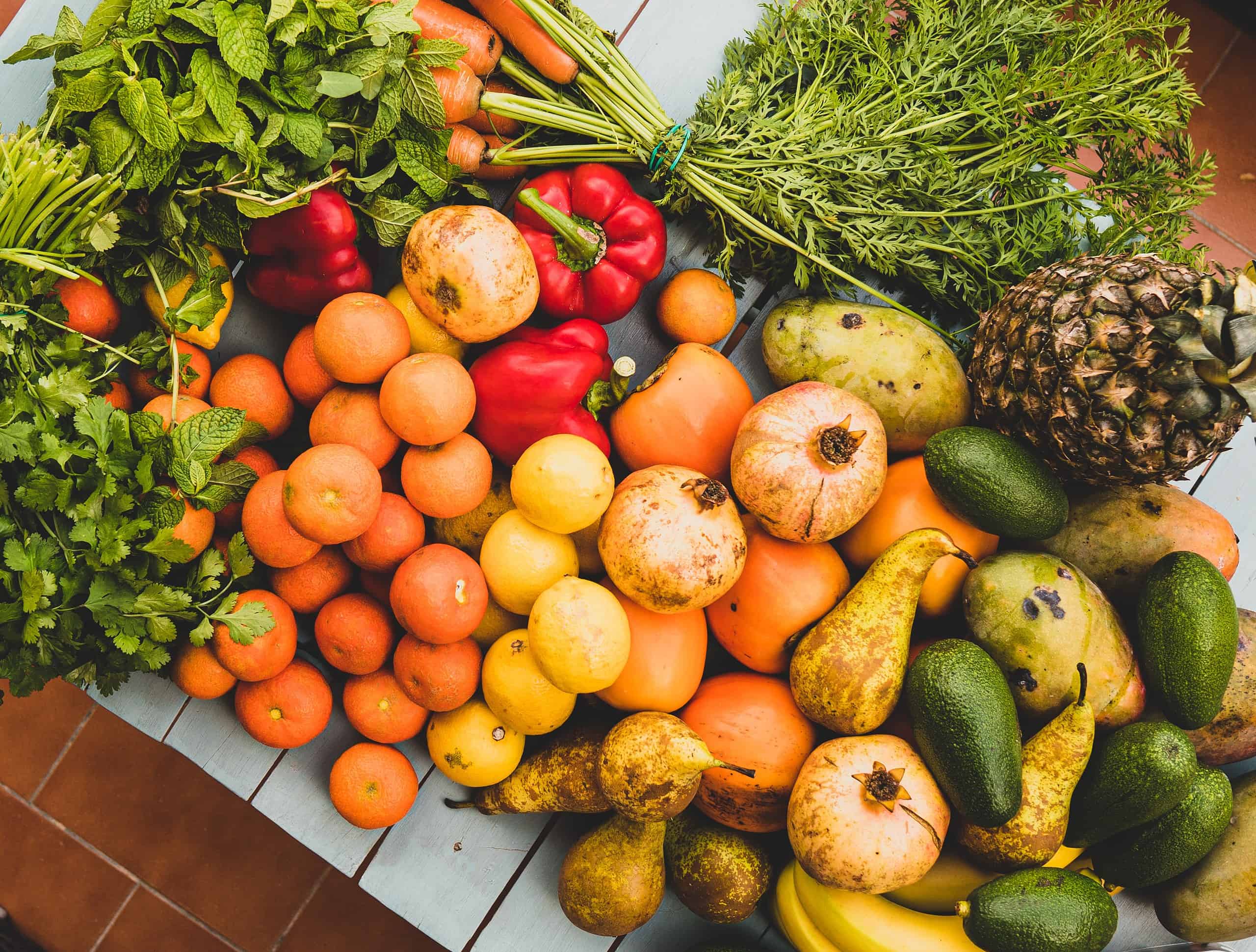Cardiovascular
The new prescription that can improve cardiovascular health: fruits and vegetables
Unhealthy food tends to be much cheaper than healthier food. At the same time, billions of people are suffering from diabetes and heart disease that could be improved through a healthy diet. So a team of researchers thought why not treat diet as a treatment?
“We know that food insecurity impacts health through several important pathways, including overall dietary quality, but also through stress and anxiety, mental health and tradeoffs between paying for food and other basic needs such as housing costs, utilities and medications,” said Kurt Hager, who completed these analyses while a doctoral student at the Friedman School of Nutrition Science and Policy at Tufts University in Boston.
“These results indicate produce prescriptions may lay an important foundation for improved health and well-being.”
In this type of program, doctors prescribe fruits and vegetables using electronic cards or vouchers. These vouchers enable patients to access healthy fruits and veggies for free or at discounted prices.
It’s not the first time produce prescription programs have been designed. Several small-scale prescription programs were trialed in the US, but this is the largest analysis of this sort, pooling data from 22 such programs in 12 states. Overall, they looked at 3,881 participants, including 2,064 adults and 1,817 children. All participants were at risk for poor cardiometabolic health (or already developed poor cardiometabolic health).
Prescribing healthy food
Study participants received a median of $63 per month to purchase produce at local stores and farmers markets. Additionally, participants also attended nutrition classes. Programs lasted from 4 to 10 months. Researchers also had participants complete questionnaires regarding vegetable consumption, food insecurity and health status, and carried out testing of blood pressure, weight, and blood sugar.
The results showed a consistent improvement across participants. For instance:
- Adults were 62% more likely and children were more than twice as likely to report better health status by the time of program completion;
- Average body mass index (BMI) decreased by 0.52. For comparison, an ideal BMI is usually considered between 18 to 24 units, while an overweight BMI is usually considered around 24-28;
- Adults increased their intake of fruits and vegetables per day by under one cup (0.85 cups) per day. In children, the intake of fruits and vegetables increased by 0.26 cups per day;
- Systolic blood pressure decreased by more than 8 millimeters of mercury (mmHg), while diastolic blood pressure decreased by nearly 5 mmHg among adults who had high blood pressure at enrollment in the study. For reference, an ideal blood pressure is considered to be between 90/60mmHg and 120/80mmHg (systolic/diastolic pressure).
- Blood sugar decreased by 0.29 to 0.58 percentage points among adults with diabetes.
- Overall, participants were around 33% less likely to report food insecurity after completing the programs compared to before the programs.
This shows that such programs can help by improving both food security and overall health, the researchers conclude.
“Poor nutrition and nutrition insecurity are major drivers of chronic disease globally, including cardiometabolic conditions like Type 2 diabetes and their cardiovascular consequences, including heart failure, heart attack and stroke,” Dr. Mitchell Elkind, chief clinical science officer of the American Heart Association and a tenured professor of neurology and epidemiology at Columbia University, said in a news release. “This analysis of produce prescription programs illustrates the potential of subsidized produce prescriptions to increase consumption of nutritious fruits and vegetables, reduce food insecurity and, hopefully, improve subjective and objective health measures.”
Getting people to eat healthier
Part of the reason why unhealthy food is so cheap in the first place is that the health damage it causes in the health long term is not included in its price. In economy, this is called an externality — an external effect that is not included in the price. If this were taxed (like alcohol and cigarettes are taxed for having a health effect, for instance), healthy food could become more affordable.
Instead of taxing food, another way of going about it would be to subsidize healthy products. In this particular case, healthy food was subsidized only for people with a specific health problem or risk. Whether or not this type of effort can be scaled to a larger population remains to be seen, but the results are encouraging. Researchers now want to carry out larger studies to assess the approach of prescribing fruits and vegetables on larger and different communities.
“Future research will need to include randomized controlled trials to offset any potential bias and prove more rigorously the benefits of produce prescription programs,” Elkind added. “The American Heart Association’s new Food Is Medicine Initiative will be focused on supporting such trials.”
In the US alone, 37.3 million Americans (about 1 in 10) have diabetes. About 1 in 5 people with diabetes don’t know they have it. Also in the US, around 42% of all adults are overweight or obese. To make matters even worse, food insecurity is linked to increased heart risk for people with peripheral artery disease and one in three stroke survivors in the U.S. faces food insecurity.

